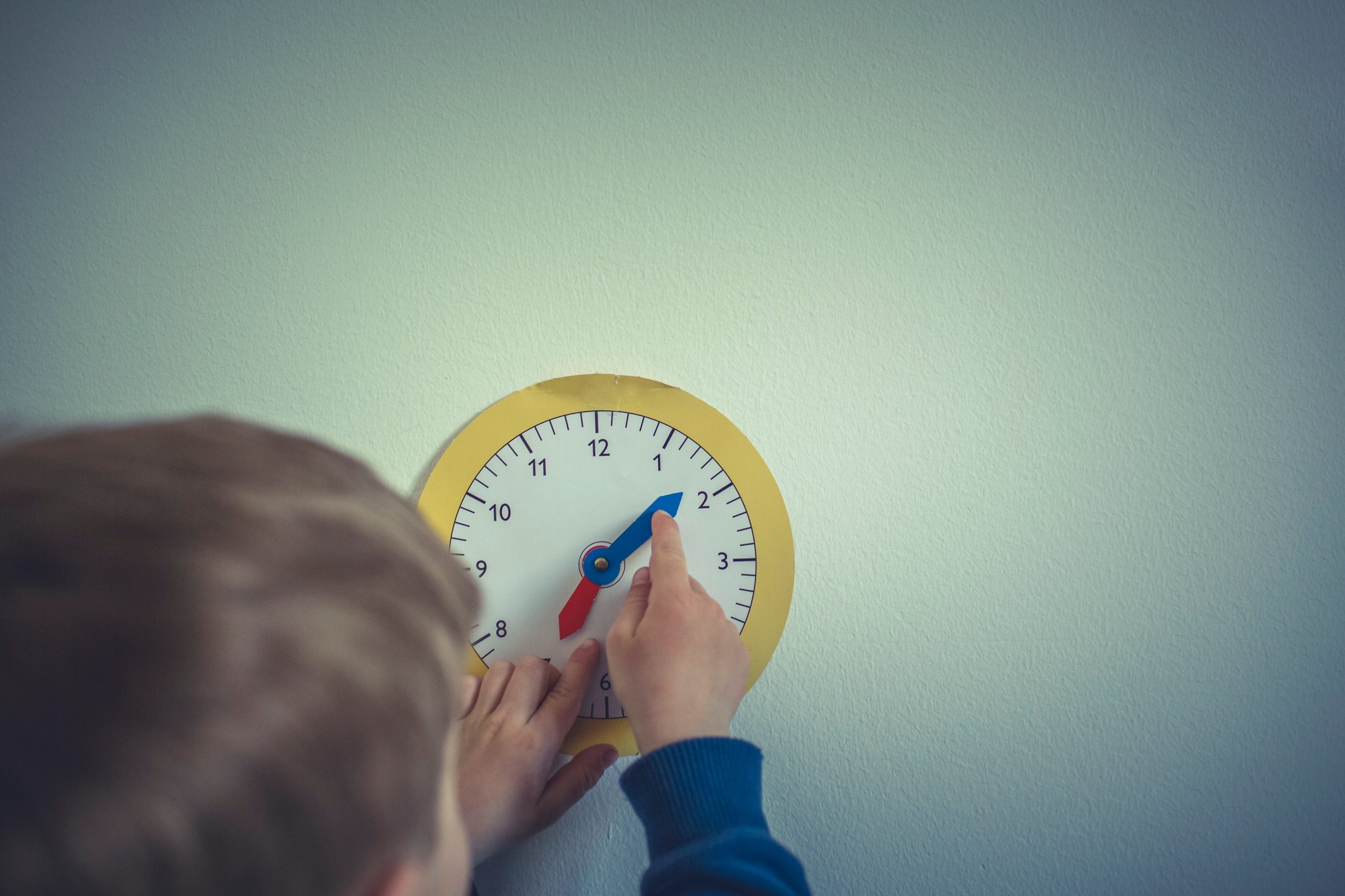The Eurocadres blog
Finnish family reform provides leave equality
Improvements to work-life balance secured through negotiations.
After several years of tripartite negotiations and legislative preparations, the new Finnish family leave reform law entered into force in the beginning of August this year. The reform aims to increase equality in working life between parents, taking into account the diverse range of existing family types. The EU Work-Life Balance Directive also required certain changes in the regulations concerning parental allowance and family leave, forcing action in Finland.
Trade unions have played a central role in the negotiations for more equitable leave, influencing both the drafting of the legislation and the political negotiations. As detailed below, trade unions must now be at the forefront of implementation, helping to modernise working practices in all sectors.
The three main objectives of the reform are:
- Divide family leave and care responsibilities equally between both parents in a family,
- Strengthen non-discrimination and equality in working life
- Reduce pay differences between the sexes.
Families now have more opportunities for flexibility and access to more options in the way they take their family leave. Parents have a total parental allowance entitlement of 320 working days. If a child has two parents, the days are divided equally between the parents, i.e. they are both be entitled to 160 working days. The pregnant parent is entitled to an additional 40 days of pregnancy allowance before the payment of the parental allowance is set to begin. Parents can agree to give up as many as 63 days of their entitlement to the other parent or another person who provides care for the child.

Single parents are entitled to both quotas and they can transfer 126 allowance days. Twins, triplets, and other multiple births is an exception to the model: in these families, the allowance quota is extended by 84 allowance days for the second child and every subsequent child.
Parental allowance can be used in free-form periods until the child turns two, removing the obligation to use all leave in one continuous period. For example, parental allowance can be used in shorter periods or for only part of the week, allowing the parents to take turns with the child. The right of children to early childhood education and care would start from the beginning of the calendar month when the child becomes nine months old. In practice, this is equivalent to the previous system.
A completely new feature is a carer’s leave, which is based on the Work-Life Balance Directive. Five days per year can be taken as leave to care for relatives. No allowance would be paid for carer’s leave.
In Finland, parents take family leave unevenly. Mothers take approximately 90% of parental leave and the caregiving responsibility is mainly borne by women.
Sharing family leave depends on many things. The key is what kind of options the family leave system offers. The new family leave system provides a good basis for sharing, given the somewhat equal division. Sharing is also encouraged by the fact that using one's own quota increases the total number of daily allowance days used to care for the child. If a parent does not use the portion of daily allowance that cannot be handed over to another, the days are lost.
One goal of the reform is to increase the use of family leave, especially for fathers, but the situation may not change quickly. Male-dominated fields are key to the realisation of the goals of the reform and they are at the heart of the change, as prolonged family leave is rare in these fields. If they succeed in creating practices and a favorable culture for employees' long family leave, the effect will be visible in the whole society. The reform challenges the traditional division of labor between the sexes, so the change is not easy.
Most important are also the conditions and opportunities provided by collective agreements and workplaces, as well as parents' joint negotiations and motivation to share time off. The realisation of the shared care responsibilities requires big changes in workplaces as well. In the workplace, the matter can be influenced, for example, by measures of the equality plan and by creating family-friendly practices.
A more even distribution of family leave is expected to have a positive effect on the professional careers and job market position of women, improving their wage development and future pensions. A more even distribution of family leave will also have an effect on employers and work communities: fathers and mothers will have an equal opportunity to take family leave.

The author
Lotta Savinko
Vice-President of Eurocadres
